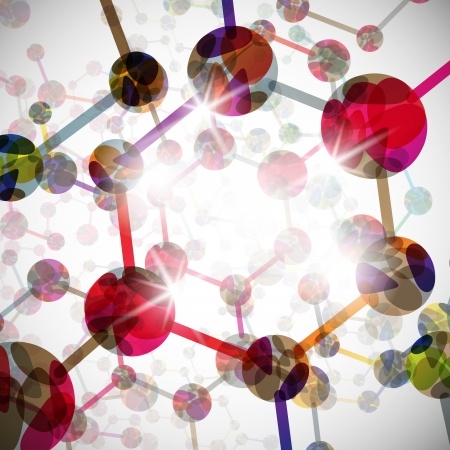Backpacking bird migrations, secrets of slime, goopy 3D printers and so much more. This eclectic collection of current science news stories is brought to you by STAOBlog.
SciNews is published every Monday and Thursday. Stay tuned for more.
 Biology
Biology
Backpacking birds prove long-shot theory. Globe and Mail
Tiny birds, even tinier backpacks, and a heck of a lot of air miles. Those are the essential ingredients behind a Canada-U.S. study that appears to have convincingly solved a 50-year-old mystery while at the same time discovering one of the most impressive animal migrations on Earth. The bird is the blackpoll warbler, a small but tuneful denizen of the boreal forest that can be found in summer months from Alaska to Newfoundland. The mystery has to do with how they get to South America every fall, where they overwinter. Read More..
Passive exposure to bleach at home linked to higher childhood infection rate. Science Daily
Passive exposure to bleach in the home is linked to higher rates of childhood respiratory and other infections, suggests new research. Read More..
Chemistry

Secrets of slime. Science News for Students
Ugh, mucus. It drips out of your nose when you have a cold. You hack up gobs of it when you have a bad cough. It’s slimy, gooey and gross.Why do our bodies make this disgusting stuff? It turns out that we need it to survive. Mucus helps rid us of bacteria and viruses that could sicken or even kill us. “It’s not fun, but it’s necessary,” says Brian Button. At the University of North Carolina (UNC) in Chapel Hill, he studies diseases that involve mucus. Read More..
Why Cold Cities Have More Exploding Manhole Covers. Discover
In cold-weather cities in the U.S., slush, snow and wind aren’t the only inconveniences to contend with when the temperature drops; there’s also this small matter of exploding manholes. Read More..
What Happens If You Inhale Helium? About Chemistry
Helium is a light, inert gas used for MRI machines, cryogenic research, “heliox”, and helium balloons. You may have heard inhaling helium can be dangerous, sometimes even fatal, but have you ever wondered just how likely you are to harm your health breathing helium? Here’s what you need to know. Read More..
Physics
New mirror picky in what it reflects. Science News for Students
Mirrors need not give you the full picture. A new type of mirror can pick and choose what to reflect. For instance, it can selectively reflect a single wavelength of light. All others pass right through — as if the mirror was transparent. Such technology could be used to create more efficient satellite antennas. Read More..
How we hear distance: Echoes are essential for humans to perceive how far away a sound is. Science Daily
Mammals are good at figuring out which direction a sound is coming from, whether it’s a predator breathing down our necks or a baby crying for its mother. But how we judge how far away that sound is was a mystery until now. Researchers report that echoes and fluctuations in volume are the cues we use to figure the distance between us and the source of a noise. Read More..
Earth and Space Science
Astronomers watch unfolding saga of massive star formation. Science Daily
Astronomers are getting a unique, real-time look as a massive young star develops, with the promise of greatly improved understanding of the process. Read More..
Antarctic Ice Shelves are Thinning Rapidly — and the Losses are Accelerating in West Antarctica. Discover
Yesterday, I posted a story about the Halley Research Station on Antarctica’s Brunt Ice Shelf. I titled it a “Winter Postcard from Antarctica,” and it included photos and comments about life at the station from Tom Welsh, the wintertime manager there. Well, I was so busy putting that post together that I missed the big news yesterday about Antarctic ice shelves in general: They are thinning faster than previously thought. Read More..



